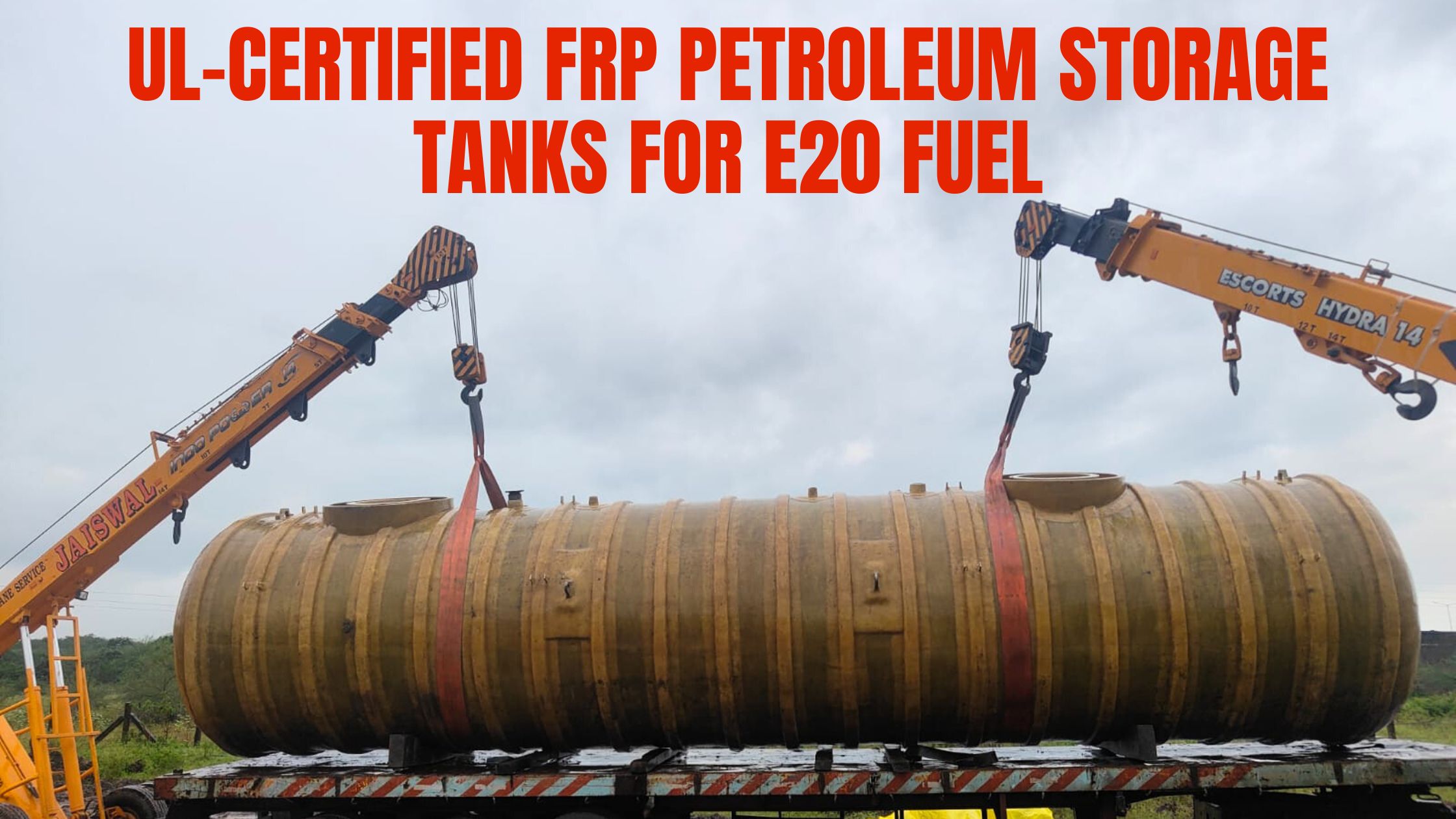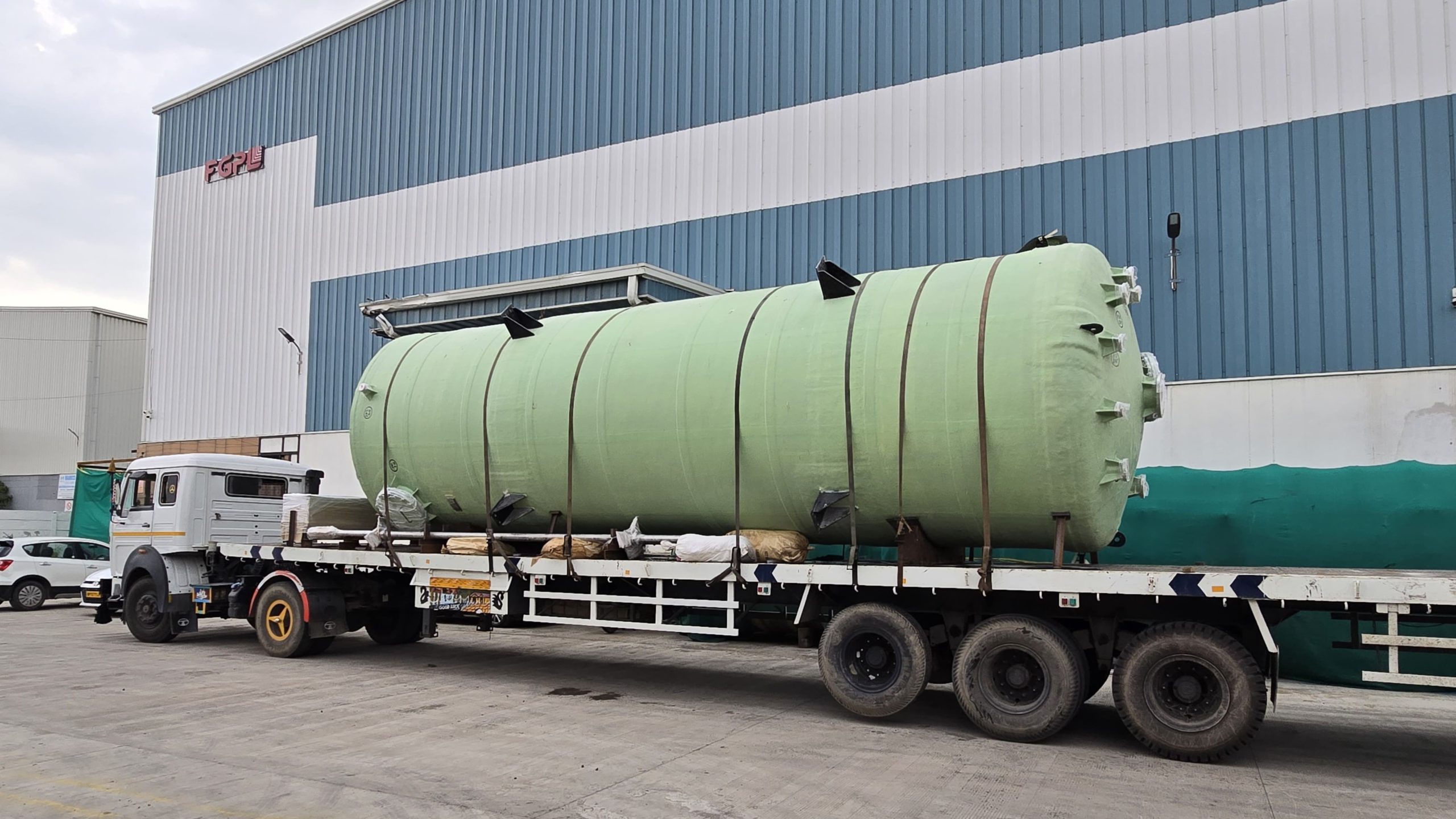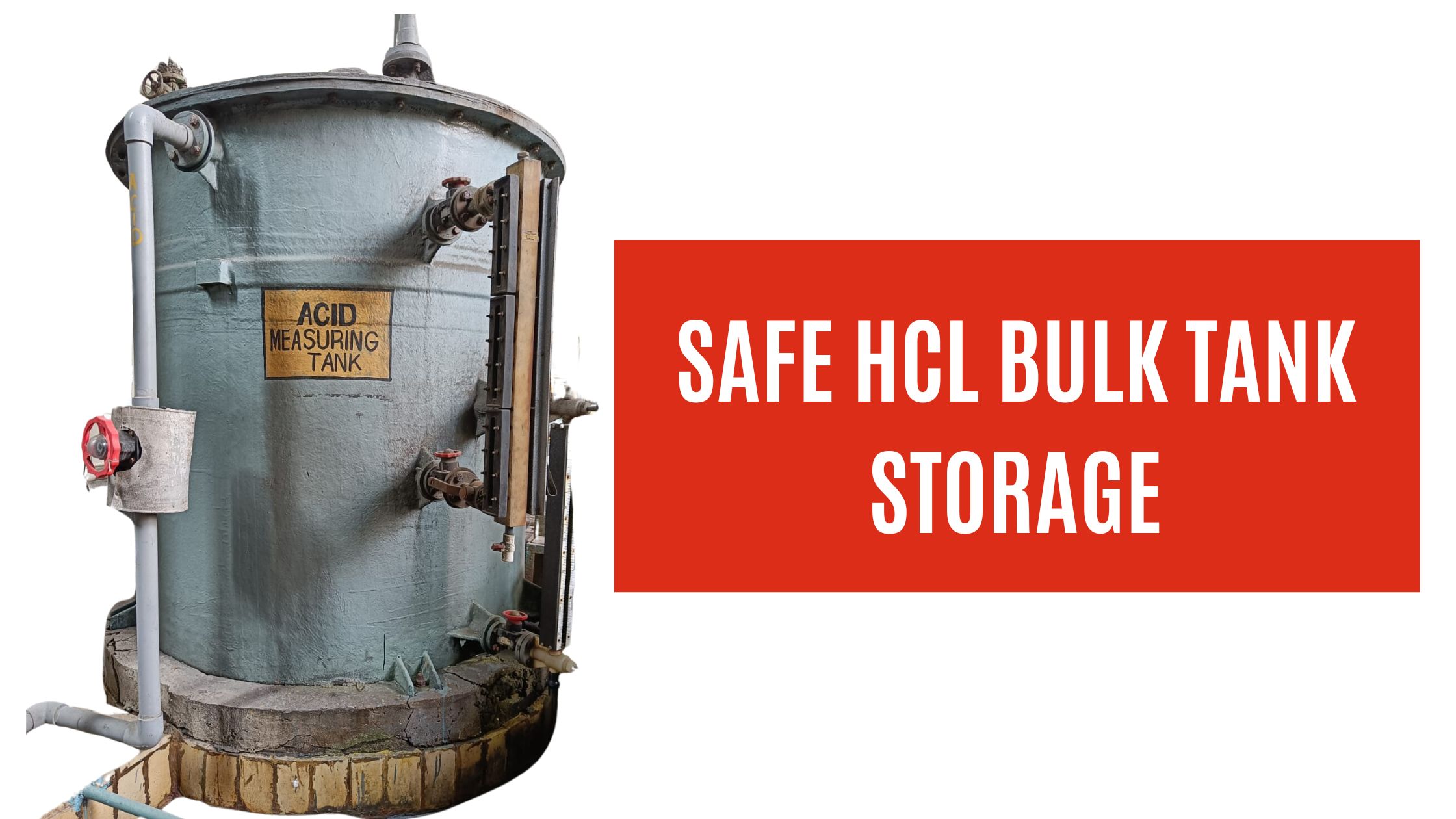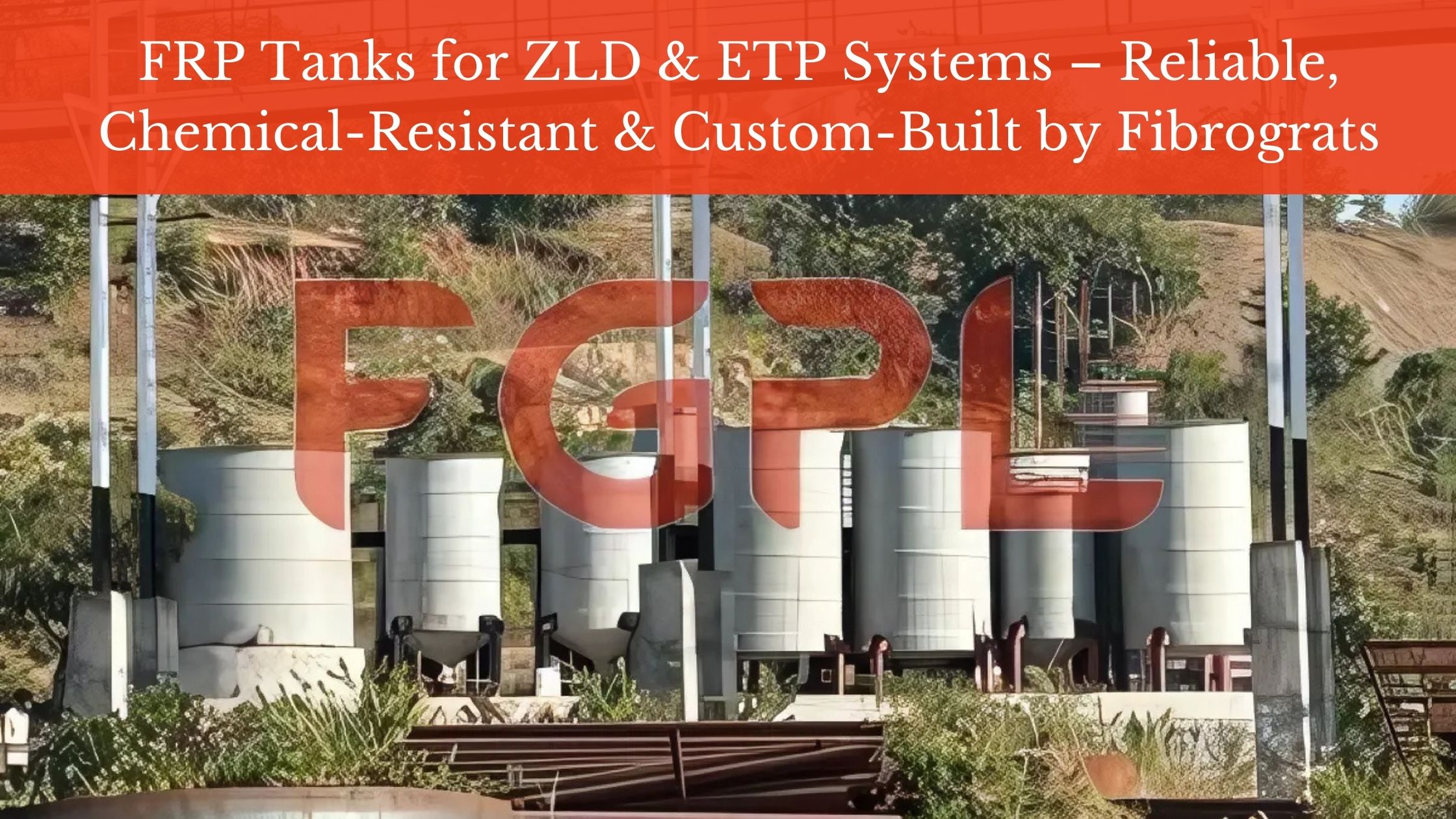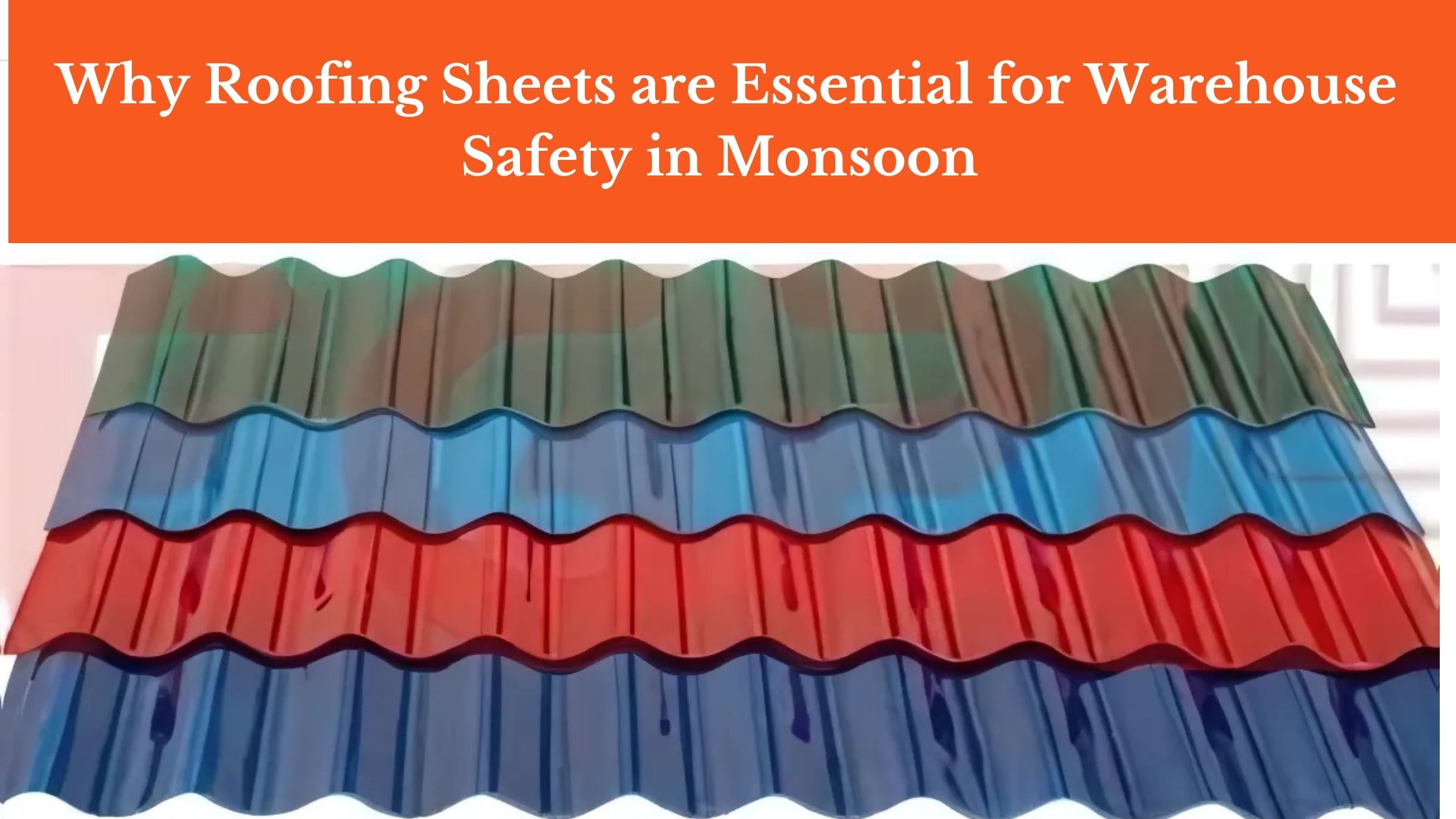In recent years, FRP (Fiber Reinforced Plastic) has gained significant popularity as a construction material, recognized for its durability, strength, and versatility. Used across various sectors, including construction and manufacturing, FRP offers numerous advantages over traditional materials like steel, wood, and concrete. With its lightweight structure, corrosion resistance, and impressive strength-to-weight ratio, FRP in construction has become an ideal choice for projects that demand durable and high-performance materials.
At FGPL, we specialize in providing advanced FRP solutions for diverse applications. In this blog, we’ll explore the key advantages of FRP materials in construction and manufacturing, examining the unique properties that make them so effective and desirable.
What is FRP?
FRP (Fiber Reinforced Plastic) is a composite material made by reinforcing a polymer matrix with strong fibers, typically glass or carbon. The result is a high-strength material that can withstand heavy loads, resist corrosion, and perform reliably in challenging conditions. FRP construction materials are available in various forms, such as panels, rods, grating, and structural beams, catering to specific industry needs.
Key Advantages of FRP in Construction
FRP offers a range of properties that make it well-suited for construction applications. Here’s a breakdown of some of the main advantages of using FRP in construction:
High Strength-to-Weight Ratio
- Lightweight yet Strong: FRP materials are known for their high strength-to-weight ratio, making them strong enough to support structural loads while being significantly lighter than materials like steel or concrete.
- Easy Handling and Installation: The lightweight nature of FRP simplifies transportation and installation, reducing labor costs and speeding up project timelines.
Why It’s Important: This property makes FRP ideal for high-rise buildings, bridges, and structures where weight reduction is crucial without compromising structural integrity.
Corrosion Resistance
- Suitable for Harsh Environments: FRP construction material is highly resistant to corrosion, making it perfect for use in environments exposed to moisture, chemicals, and salt.
- Longevity and Reduced Maintenance: Unlike metal, FRP does not rust or corrode, which extends its lifespan and minimizes the need for frequent maintenance.
Why It’s Important: For industries like marine, oil and gas, and wastewater treatment, corrosion-resistant FRP materials help extend the life of structures and reduce upkeep costs.
Design Flexibility
- Versatile Shapes and Sizes: FRP can be molded into various shapes, sizes, and configurations, offering flexibility for creative designs in construction projects.
- Color and Finish Options: FRP materials can be manufactured in different colors and finishes, allowing architects and designers to achieve aesthetic appeal without compromising on functionality.
Why It’s Important: Design flexibility makes FRP ideal for architectural features, bridges, and custom installations, allowing for unique and innovative construction designs.
Low Thermal Conductivity
- Insulation Benefits: FRP materials have low thermal conductivity, meaning they do not conduct heat as readily as metals. This property makes FRP excellent for insulation purposes in buildings and industrial facilities.
- Energy Efficiency: By reducing heat transfer, FRP contributes to energy efficiency in buildings, lowering heating and cooling costs.
Why It’s Important: FRP materials help maintain stable indoor temperatures, making them suitable for applications where thermal insulation is essential, such as in cooling towers, chemical storage facilities, and energy-efficient buildings.
Fire Resistance and Safety
- Fire-Retardant Properties: FRP materials can be manufactured with fire-resistant resins, enhancing safety and compliance with fire safety regulations.
- Low Smoke Emission: In case of fire, certain types of FRP emit less smoke and fewer toxic fumes, making them safer for use in public spaces and indoor areas.
Why It’s Important: The fire resistance of FRP makes it a preferred material for applications that require safety compliance, especially in sectors like transportation, construction, and industrial manufacturing.
Applications of FRP in Construction and Manufacturing
FRP’s unique properties make it highly versatile and useful across various applications. Here are some key areas where FRP is commonly used in construction and manufacturing:
Structural Components
- Beams and Columns: FRP beams and columns are lightweight yet sturdy, providing structural support in buildings, bridges, and industrial plants.
- Rebars: FRP rebars are used to reinforce concrete, offering corrosion-resistant and durable alternatives to steel rebars, especially in marine and underground applications.
Architectural Elements
- Facades and Cladding: FRP panels are used for facades and cladding, providing an aesthetically pleasing and durable outer layer for buildings.
- Decorative Elements: FRP allows for intricate and unique architectural designs that would be difficult to achieve with traditional materials, offering creative options for designers.
Industrial Flooring and Grating
- Anti-Slip Grating: FRP grating is widely used in industrial flooring, offering slip resistance and corrosion resistance, essential in areas exposed to chemicals or moisture.
- Platforms and Walkways: FRP is ideal for walkways and platforms in industries like food processing, petrochemicals, and wastewater treatment, providing safe and durable flooring options.
Bridge Construction
- Bridge Decks: FRP bridge decks are lightweight and corrosion-resistant, making them suitable for both new construction and retrofitting projects.
- Pedestrian Bridges: FRP materials are often used for pedestrian bridges due to their durability, low maintenance, and resistance to weathering.
Chemical and Water Treatment Facilities
- Tanks and Piping: FRP materials are ideal for tanks, piping, and linings in water treatment and chemical processing facilities due to their resistance to corrosion and chemicals.
- Cooling Towers: FRP cooling towers are preferred in industrial settings because they resist corrosion, handle high temperatures, and provide effective thermal insulation.
FRP Material Properties That Enhance Durability and Performance
FRP’s unique composition and properties make it exceptionally durable and resilient under various environmental conditions. Here are the main properties of FRP that contribute to its performance:
High Tensile Strength: FRP materials have high tensile strength, meaning they can withstand heavy loads and resist breaking or deforming under pressure.
Flexibility and Resilience: FRP can withstand impact and vibration, making it a tough and resilient choice for high-stress applications.
Moisture Resistance: FRP materials are impervious to water, ensuring they maintain their shape and performance even when exposed to moisture.
Chemical Resistance: FRP resists a broad range of chemicals, making it suitable for use in industries like petrochemicals, pharmaceuticals, and food processing.
These material properties give FRP an edge over conventional materials, making it an ideal choice for construction and industrial applications that require durability, reliability, and longevity.
Advantages of FRP Over Traditional Construction Materials
In addition to its unique properties, FRP construction material offers distinct advantages over traditional materials such as steel, wood, and concrete:
Weight Advantage: FRP is much lighter than steel or concrete, reducing transportation and installation costs.
Lower Lifecycle Costs: FRP’s durability and resistance to corrosion minimize maintenance and replacement expenses over time.
Ease of Customization: FRP can be molded into various shapes and sizes, providing custom solutions for specific project needs.
Environmentally Friendly: FRP’s long lifespan and minimal maintenance contribute to sustainable building practices, reducing the need for frequent replacement and conserving resources.
These advantages make FRP a valuable alternative to traditional materials, particularly in applications where long-term performance and minimal maintenance are priorities.
Why Choose FGPL for FRP Solutions?
At FGPL, we are committed to delivering high-quality, reliable FRP solutions that meet the demands of the construction and manufacturing sectors. Here’s why clients trust us for their FRP needs:
Quality Assurance: Our FRP materials undergo rigorous quality checks to ensure they meet industry standards for strength, durability, and safety.
Customized Solutions: We offer customized FRP products to suit specific project requirements, ensuring that clients receive the most suitable materials for their needs.
Expert Guidance: Our experienced team provides expert guidance on selecting, installing, and maintaining FRP products, ensuring optimal performance and longevity.
Comprehensive Product Range: From structural components to industrial grating and cladding, we offer a wide range of FRP products for diverse applications.
With FGPL’s commitment to quality and innovation, our FRP solutions are trusted by clients across various industries for projects that demand durable and versatile materials.
Conclusion
FRP products are redefining construction and manufacturing by offering a durable, lightweight, and corrosion-resistant alternative to traditional materials. With advantages like high strength-to-weight ratio, corrosion resistance, and design flexibility, FRP in construction is a game-changer for projects in challenging environments and applications requiring long-term performance.
Whether you’re planning a new construction project or looking to upgrade existing infrastructure, FRP offers an effective, sustainable, and economical solution. At FGPL, we provide top-quality FRP products tailored to meet the unique needs of your project. Contact us today to learn more about how our FRP solutions can enhance the durability, performance, and sustainability of your next construction or manufacturing project.
Also read: The Advantages of FRP Products for Chemical Processing Plants
Follow us on Facebook: @fibrograts


